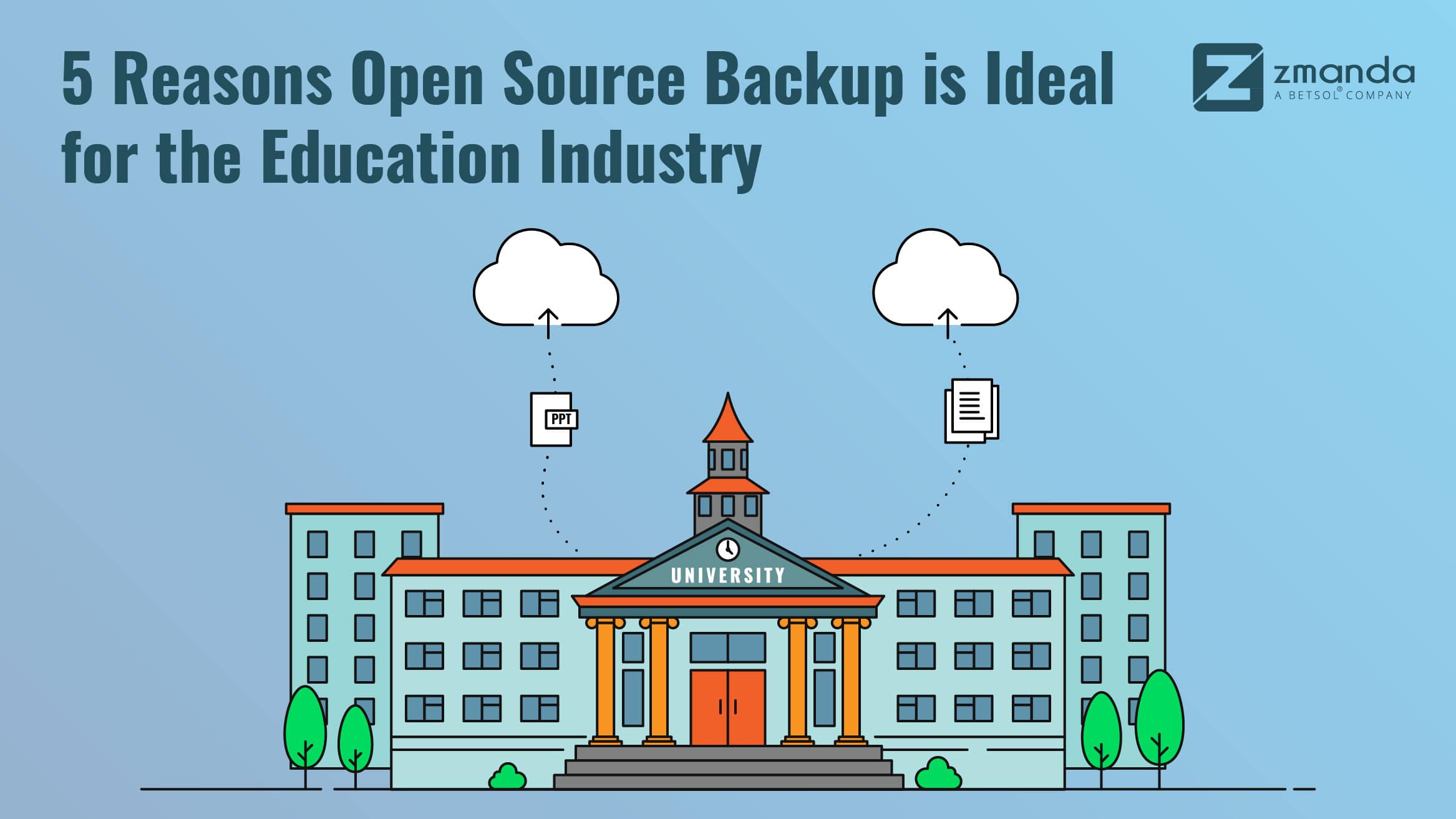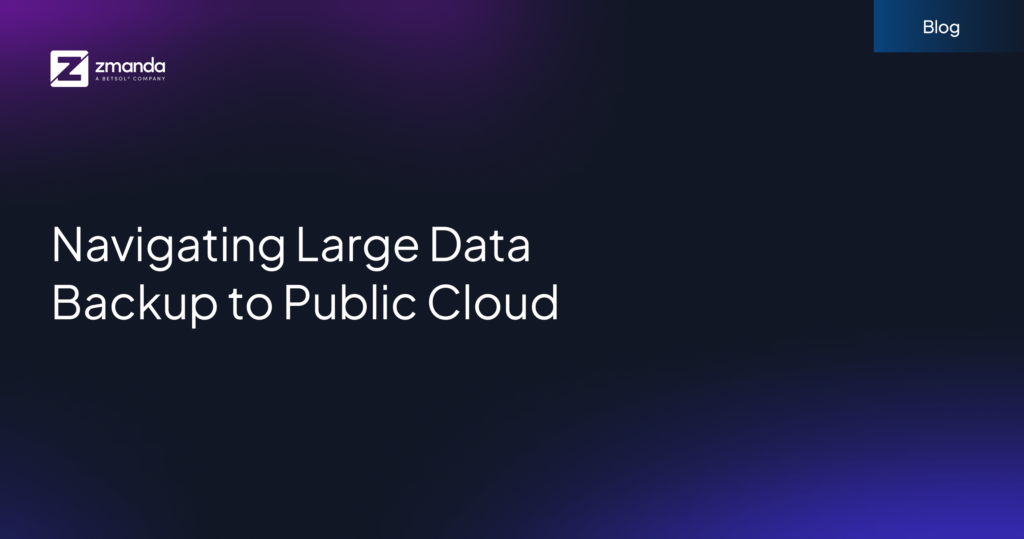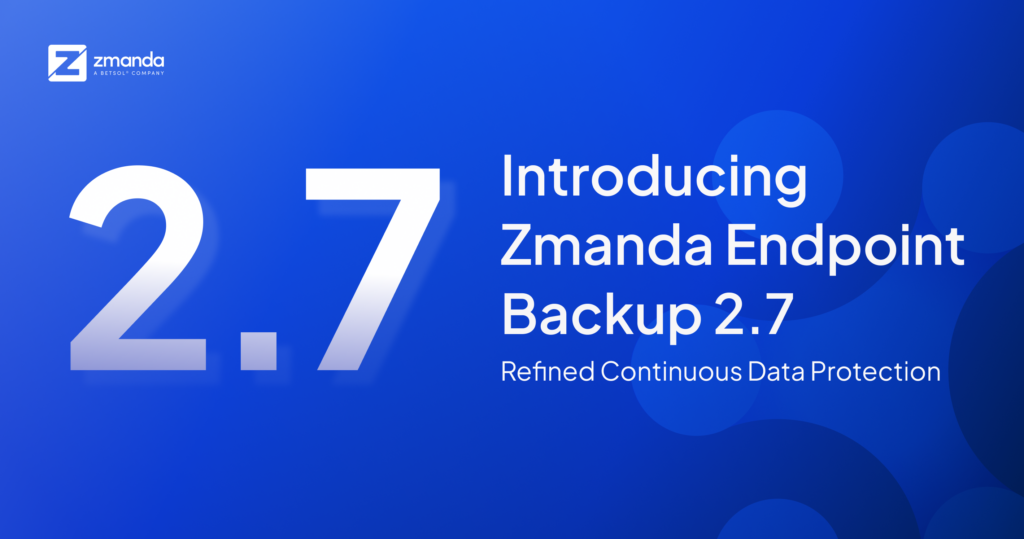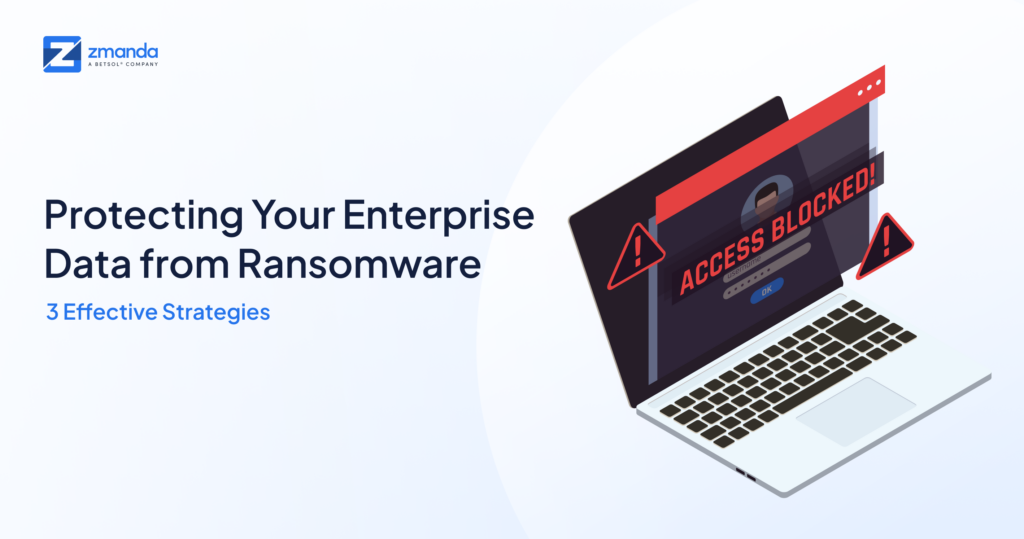
Open source backup is ideally suited for the education industry. Just like other organizations, schools and universities keep critical data that needs to be stored, protected, and managed securely.
Open-source software is generally budget-friendly, highly secure, and collaborative. These qualities are ideal for educational institutions. And fortunately, in the backup space, there are solid open-source solutions that both have these qualities and meet the needs of universities and others in the education industry.
Digital systems have played an important role in transforming education over the last few decades. Increased digitization has helped to power innovation and indeed comes with its new risks. These risks can come in the form of cyberattacks to unpredictable hardware failures. A robust and reliable backup can help you mitigate and minimize these vulnerabilities.
Indeed, a backup must be part of a wider IT strategy in such a way that competing interests and priorities are managed in a balanced manner. A backup might seem like a minor part of your IT portfolio — but without it, all your efforts to improve cybersecurity and system resilience could be a waste.
Technology enhances the student experience and improves operational efficiencies in a new digital era. According to the 2018 teaching with Technology Survey, published by the website Campus Technology, of those questioned, 44 percent said technology made their job much easier. With the rise in these numbers, technology has become indispensable to learning.
In this context, keeping data safe is vital while ensuring the smooth development of teaching activities and the day-to-day work of the students. Irrespective of how much damage a malware attack could cause, many institutions fail to protect their data. The education industry still seems to be relying on aging anti-virus or traditional solutions as a response to new sophisticated threats.
Uncontrolled Use of Technology in the Classroom has Led to Vulnerabilities
Open source technology has brought undeniable benefits to education by enabling greater collaboration and providing access from anywhere. However, it has also made education institutions more exposed to malware attacks.
According to 2018 report by Security Scorecard, education sector stands as one of the worst-performing in several cybersecurity domains
Colleges have all of the students’ personal data including; bank account numbers, social security numbers, relative information, medical information, etc. Students use multiple devices and applications to complete their assignments. They get online access to classes, research, marks, etc. They seem to connect personal devices to the open network, hypothetically revealing private and confidential data.
Education institutions must ensure that they provide technologies and online access in the classroom. Using a public network for tech-based learning makes education institutions prone to malware attacks.
For IT Administrators, creating simple and secure access to data and applications from any location and using any devices is a bigger challenge. However, how do you offer security when you have limited control over those devices?
The Education Industry has Suffered the Greatest Number of Ransomware Attacks.
According to a report by Armor has identified a total of 49 educational institutions and/ or school districts that have publicly announced ransomware attacks. These attacks have potentially affected 500 K-12 schools. There are multiple reasons why these institutions suffer attacks. High levels of network file sharing, lack of up to date backup solutions or small IT teams are just a few examples.
Many institutions still believe in their tried and tested traditional solutions to protect their vital data. However, this approach makes it very easy for hackers to attack those poorly secured systems and stealing data.
Steps To Tackle Ransomware in Education
1. Get a Robust Backup Solution
Get a regular and reliable backup solution that provides assurance that the data can be recovered even in the worst-case scenarios. Scheduling full, differential and incremental is a part of a regular backup cycle that is essential for optimizing the use of available storage space. The open-source backup solution ensures that you recover your historical data during sudden failure. It becomes a lifeline for organizations hit with a ransomware attack.
2. Test Backups Regularly
Have a backup system? It is not enough. Test your backups regularly to ensure its recoverability. Thus, you are not at risk of being corrupted or discover your data has been lost when you need it most.
School’s network is always loaded with data. With such extended use of the network, a larger number of people are storing more important data than ever before. The loss of data even for a short time can have a big impact on teaching and learning in your school. It is therefore essential that schools keep backup of their important information and have a plan for recovering from a system failure.
3. Implement an Awareness-Raising Program
Students and teachers seem to be more connected than previous generations, but the majority lack the knowledge to stay safe from a ransomware attack or good security practices to follow. A few instances that make schools or universities a victim for ransomware attacks are pop-up advertisements, links, or unknown emails.
4. Implement a Data Security Methodology
Data protection is also one of the better options. It involves the right data security plan in place and ensures that your staff manages the data with confidentiality and integrity. To stay protected against the darker side of an increasingly connected world, be open and transparent when it comes to exposing and reporting vulnerabilities.
The best way to avoid attacks is to update the systems, change passwords frequently, provide employee training, safeguard facilities through firewalls and follow best practices in network maintenance.
5. Keep Privileges at a Minimum
If you have multiple users on a network, ensure to give privileges to only your system administrator or global/administrator. Most ransomware infects at the level of privilege held by the infected user. If that user doesn’t have privileges to change files on the network, the ransomware infection is likely to stay contained within that one user’s machine. As a result, prevention of a much bigger problem for your organization.
How Zmanda is Helping Institutions?
Both students and teachers complete their work faster digitally. Any impact on their data may have catastrophic consequences on deadlines and Institution reputation.
The IT administrator is under the constant pressure of taking a reactive rather than proactive mind-set to problems. Support calls for saving the data over a floated PC can often get lost in the sea of daily requests.
However, this dramatic situation can be easily handled by having a backup and disaster recovery solution in place. Zmanda is an all-in-one solution for backup and disaster recovery that protects files, servers, and entire data centers. Zmanda’s mission is to ensure that our customers can always recover their data while making backup simple, secure, and cost-effective. In addition to traditional backup to disk and tape, with Zmanda, users can use cloud backup, to backup, archive, and retrieve any amount of data, at any time, from anywhere on the Internet.


